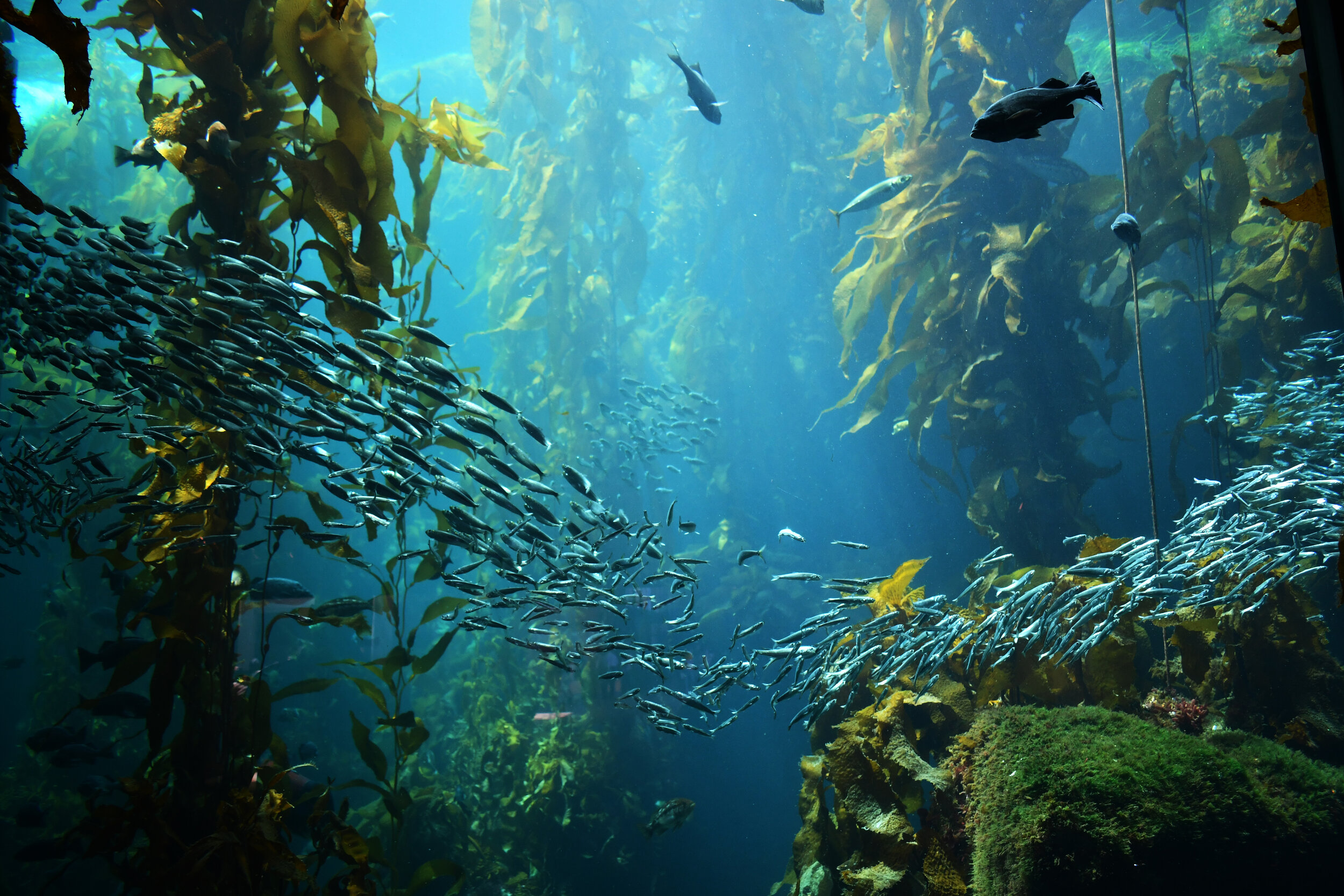
A keystone species
The southern sea otter’s recovery is invaluable because of their role in the survival of California’s underwater parks.
Treasured across the state, the value these otters goes well beyond the surface. The southern sea otter is a keystone species in nearshore marine ecosystems on the California Coast.
The otters prey on sea urchins—a voracious consumer of kelp. And by keeping the urchin populations at bay, sea otters maintain the health of entire kelp forests.

Thousands of diverse wildlife species rely on kelp for habitat. Kelp forests are uniquely able to attach to submerged rocks, reducing ocean currents to provide a calm sanctuary environment for fish, invertebrates, and marine mammals. Kelp also generates economic support for California’s coastal communities. The calmer waters provided by blooming kelp forests prevent coastal erosion, foster safe coastal recreation—such as kayaking and surfing—and enable commercial fishing. Perhaps most importantly, these submerged forests function as massive carbon sinks—absorbing CO2 to combat ocean acidification.
Farming kelp in just 3.8% of California’s federal waters is estimated to offset the state’s entire load of agricultural emissions.
But the kelp needs our help
A 2014 El Niño marine heatwave wiped out over 90% of California’s north coast kelp. The heatwave coincided with a breakout of star wasting disease, eliminating one of the sea urchin’s predators and enabling a surge in urchin—a second huge threat to kelp forests. Yet, in Monterey Bay, where the sea otter’s population is at its strongest, small patches of kelp forests persevered where otters ate enough urchins to prevent forest devastation. Not only can a loss in sea otters contribute to a loss kelp forests, but sea otters rely on these rocky, kelp-dominated habitats.


